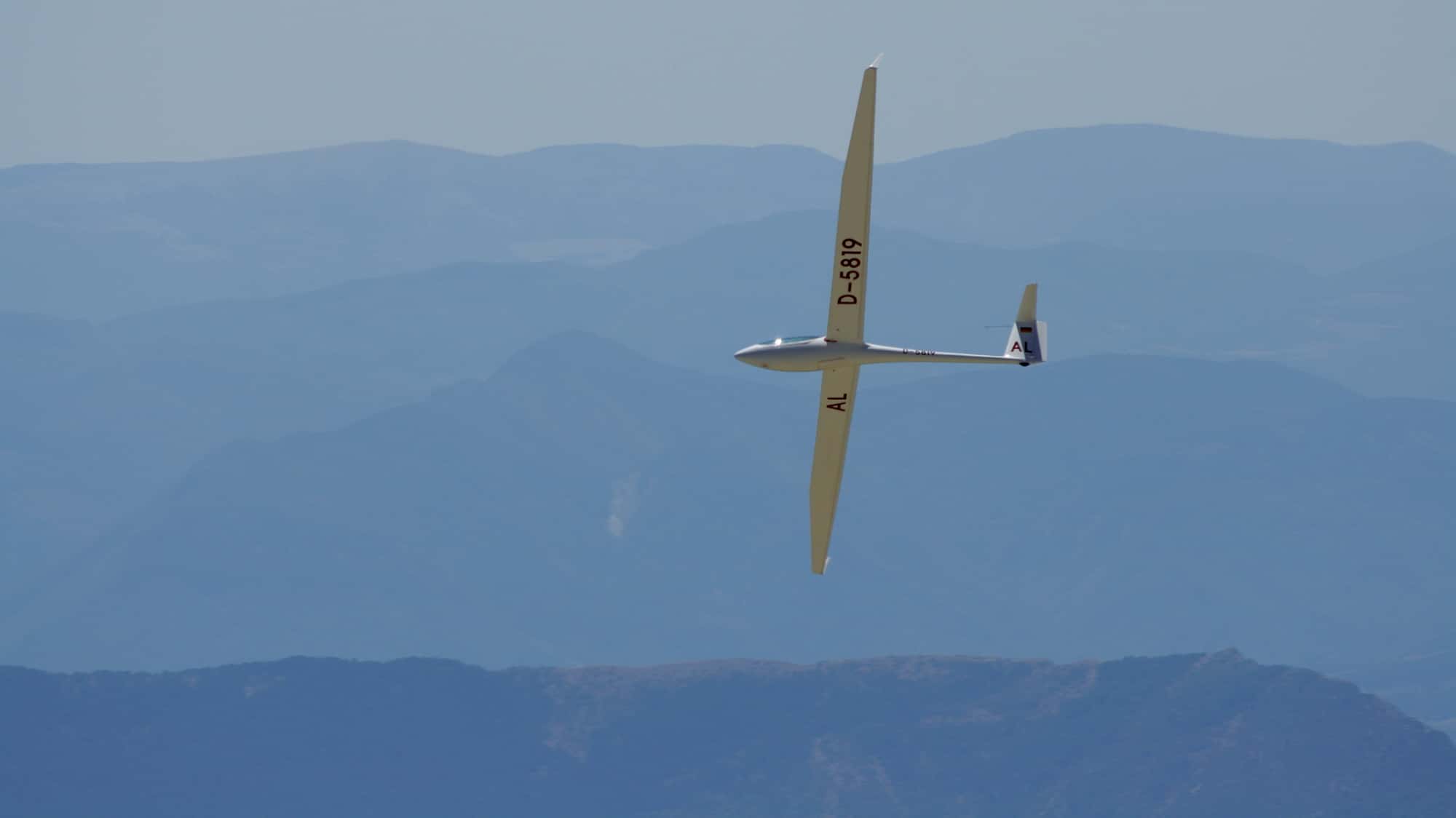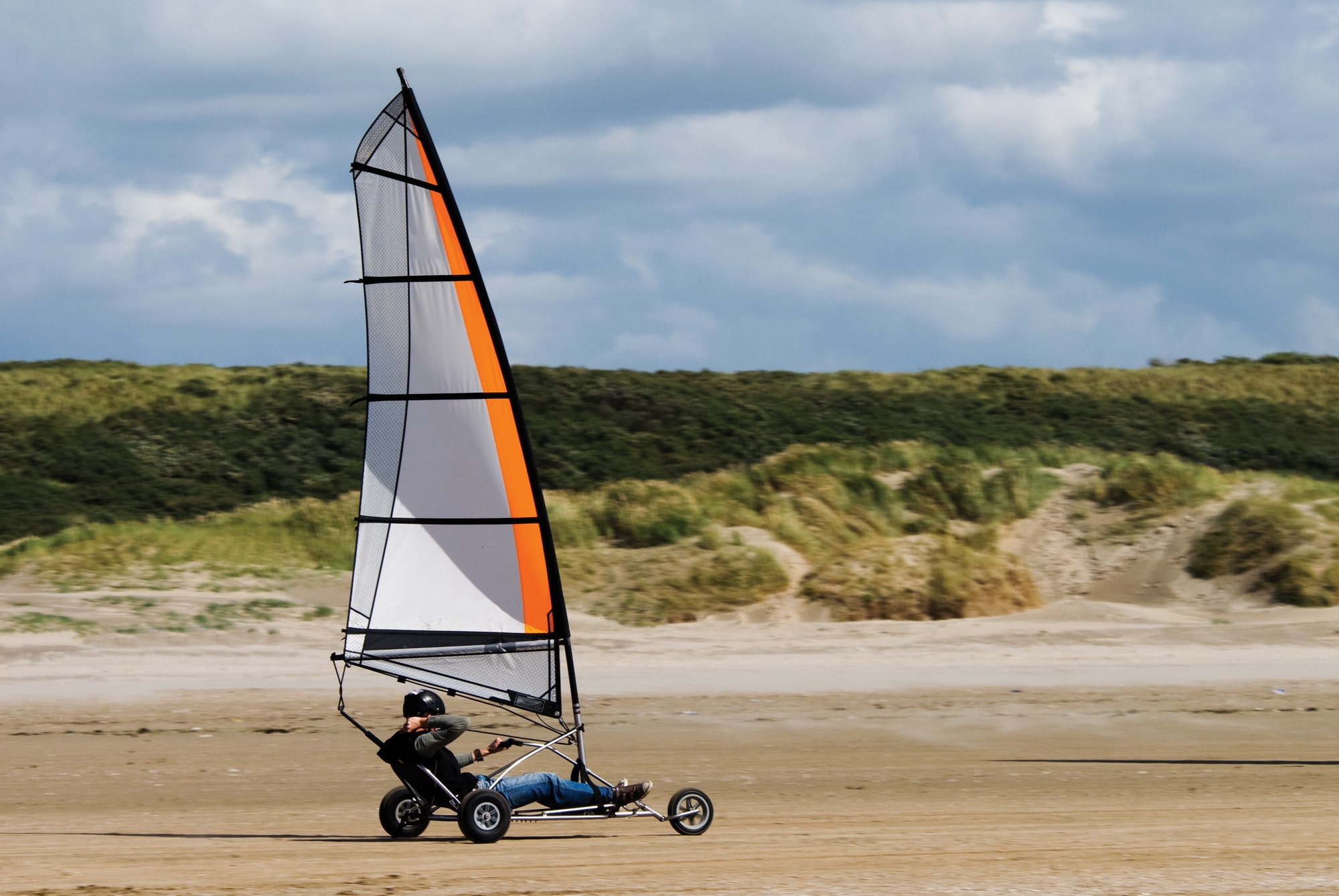Sailing the air
Gliding – or soaring as it is also known – is considered by its aficionados to be unique among sports, relying on individual skills, judgement, and expert analysis of weather and terrain to extract height and distance from the elements, extending the sheer pleasure of flying for as long as possible. Its attractions to sailors are obvious.
Like yachts, sailplanes are inherently beautiful craft, aerodynamically shaped, strongly yet lightly built and focused around advanced aerofoil technology. They provide eagle-eye views of spectacular scenery and the exhilarating opportunity to turn, dive and climb again for a closer look before taking a fast elevator ride back to altitude on the next thermal. As with sailboats, noise levels are minimal – almost silent when cruising at 50 knots and generating little more sound than the rush of a spring stream when diving at 70 knots.
Unlike large sailing yachts, sailplanes are relatively inexpensive (prices range from around EUR50,000 to 150,000 for a new plane) and extremely economical to run since there is virtually nothing to wear out.
In fact there is a glider club in Vollenhove, a few minutes drive from Royal Huisman, yet another leisure opportunity for owners and their teams spending time here on their projects.
(an overview of entertainment near the shipyard can be found in “why build at Royal Huisman?”:
News > Inhuis stories & updates: click here)
The freedom and exhilaration of gliding is very accessible. With or without your own sailplane, your flying licence and club membership are a passport to the aircraft and amenities of gliding/ soaring clubs all over the world, whether in the Central European Alps, the lakes and mountains of New Zealand, the plains of Australia and South Africa or across the United States. In fact there is a glider club in Vollenhove, a few minutes drive from Royal Huisman, yet another leisure opportunity for owners and their teams spending time here on their projects.
Training is inexpensive and widely available through club networks. An inexperienced pilot will generally require 30 to 35 flights (probably 10 to 15 individual days) before going solo, an experienced power pilot will probably solo after fewer than 10 flights. Some theory has to be learned and a written exam taken while you build your flying hours and confidence, following which success in the oral examination and flight test will soon secure your licence.
A variety of further training modules can take you up to Instructor level or equip you for competition flying. Cross-country courses and aerobatics are the main classes of competition and enjoy large and enthusiastic participation. Further information can be obtained from national organisations such as the Soaring Society of America, Deutscher Aero Club, British Gliding Association and equivalent national bodies.





